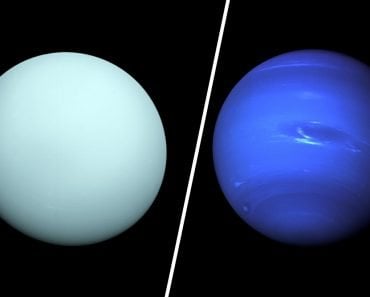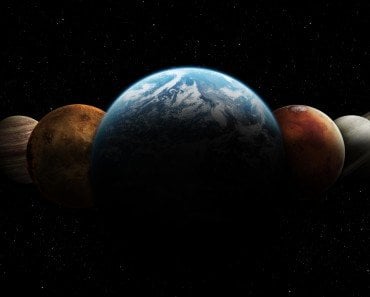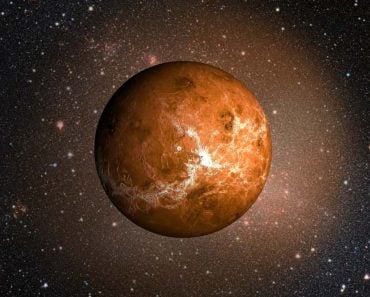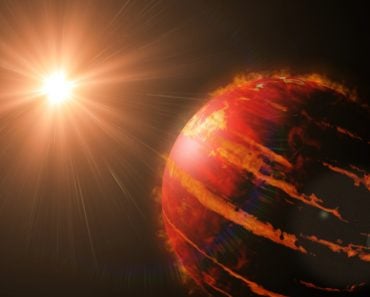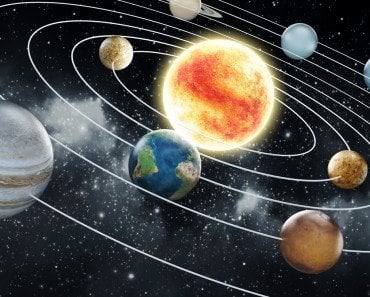Table of Contents (click to expand)
Venus is the hottest planet in our solar system because it is covered by a thick layer of clouds composed of carbon dioxide and other gases, which prevent the heat from the sun from escaping back into outer space. This is why the planet continues absorbing the heat from the sun and becomes increasingly hot.
Venus is the hottest planet in our solar system because it is covered by a thick layer of clouds composed of carbon dioxide and other gases, which prevent the heat from the sun from escaping back into outer space. This is why the planet continues absorbing the heat from the sun and becomes increasingly hot.
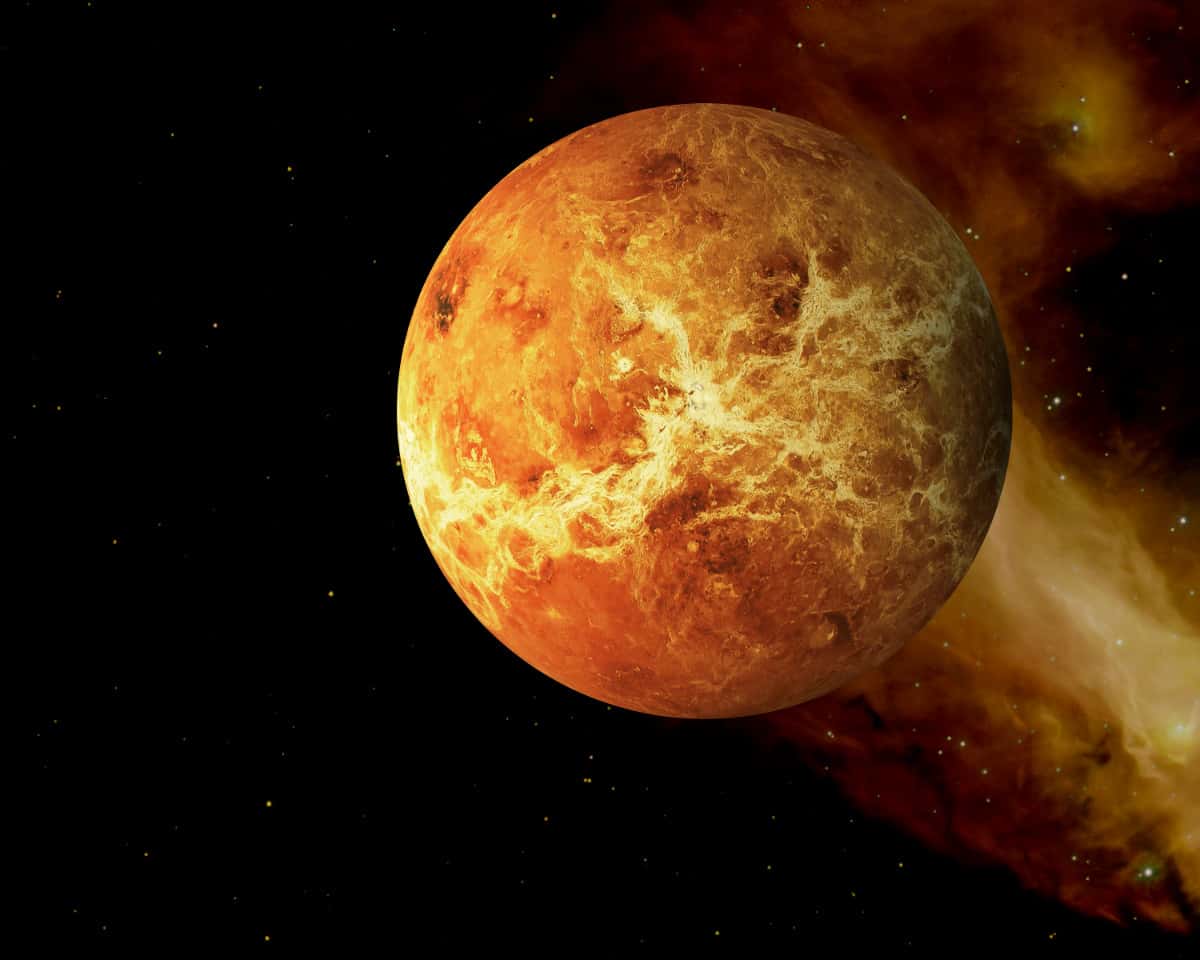
In the series of planets that revolve around the sun in our solar system, Mercury is the closest to the sun. Then comes Venus, and coming in at the third position is Earth – our home planet.
Now, applying some crude logic, it would seem that the planet closest to the sun would be bearing most of the brunt of the sun’s heat, and should therefore be the hottest, right? However, interestingly enough, that’s not the case!

That’s true! Despite being the closest planet to the sun, Mercury is not the hottest planet in our solar system… but why is that?
Recommended Video for you:
Facts About Venus
Venus is the second planet from the sun and an immediate neighbor of planet Earth. Given that its size is quite similar to that of our home planet, Venus is sometimes also referred to as ‘Earth’s twin planet’ or ‘Earth’s sister planet’.
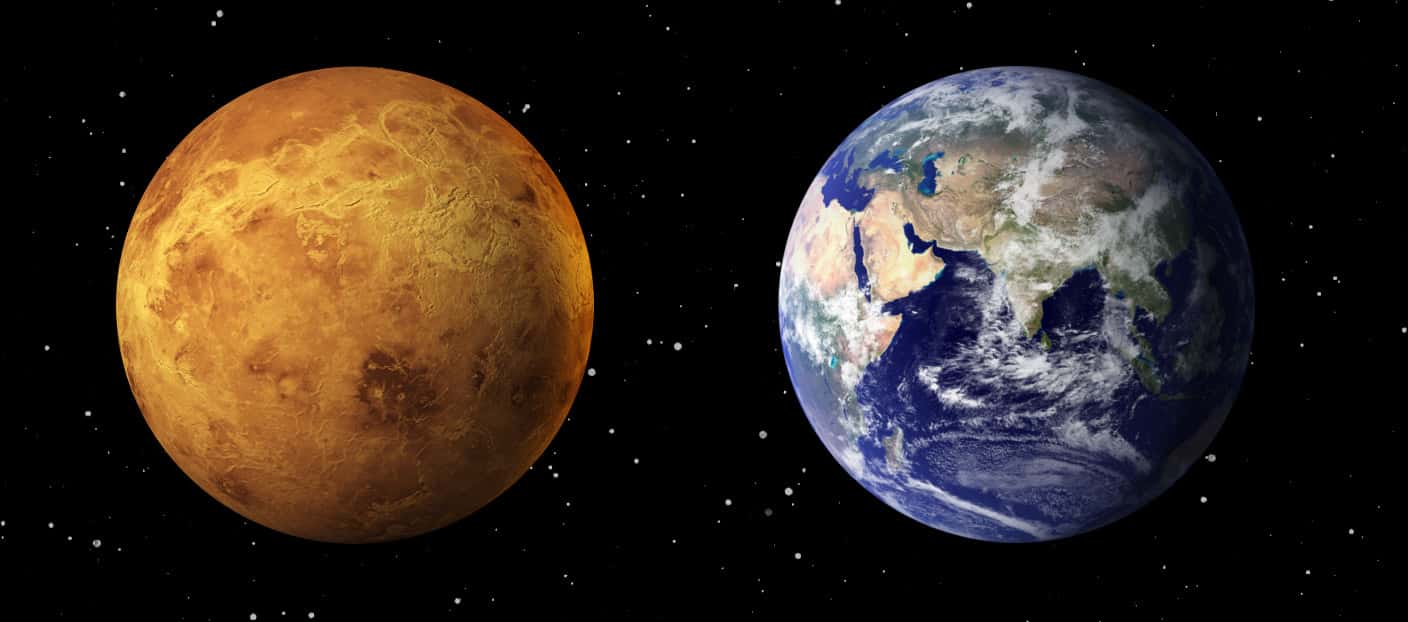
With a diameter of 12,014 kilometers (7,465 miles), Venus is only slightly smaller than our planet. It does not have any natural satellites or rings, and it rotates from east to west, i.e., in the opposite direction to most other planets. This is also called retrograde rotation.
What Is Venus Made Of?
Venus is composed of smooth volcanic plains that cover most of its surface. The planet also consists of two big continents – Ishtar Terra and Aphrodite Terra – which stand out visually. Venus’ surface is relatively smoother than Mercury’s and Mars’, whose respective surfaces are dotted with impact craters. However, visual observation of Venus is particularly difficult due to the thick gaseous clouds that shield it from the eyes of distant observers.
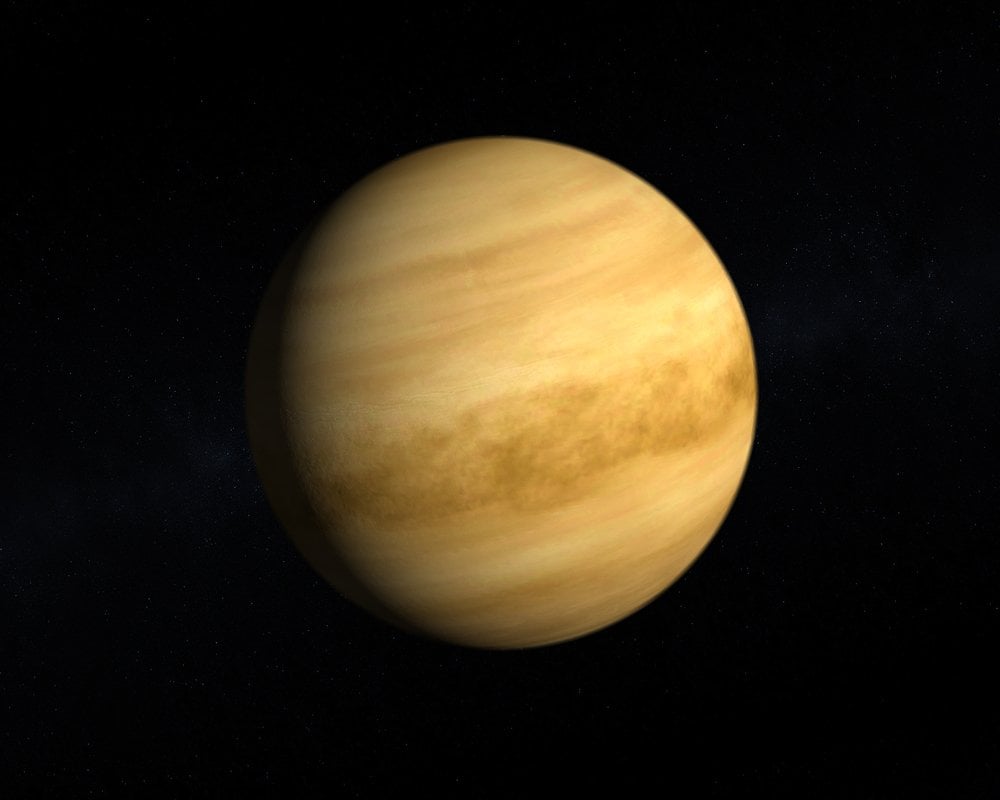
Due to its similarities to our planet, astronomers believe that Venus’ interior would also be fairly similar to Earth’s. It’s also believed to have a central iron core and a rocky mantle (much like our planet), but its magnetic field is much weaker than Earth’s.
Venus Planet Surface
The surface of Venus is constantly rocked by fierce volcanic eruptions. As of now, space scientists know of nearly 1,600 volcanoes on the surface of Venus, but in reality, there might be many more that are simply too small for us to observe using currently available equipment and technology. Another thing that hinders a clear view of Venus’ surface is the thick, opaque cover of clouds (made of sulphuric acid) that envelop the planet.
Now, let’s come to the issue that we raised in the beginning of the article – the incredible heat of Venus! The temperature on Venus can be as high as 470 degrees Celsius (870 degrees Fahrenheit)! This temperature is high enough to easily melt lead on the surface of the planet.

Why Is Venus So Hot?
The extreme temperature of Venus can be attributed to the thick atmosphere it boasts. In fact, Venus’ atmosphere is so thick that if you were to stay there, you would constantly experience an atmospheric pressure of around 93 times greater than what you experience on Earth. Although you could experience that kind of pressure on Earth, you would have to dive more than a kilometer below the ocean’s surface to feel it.
Venus’ atmosphere almost entirely consists of carbon dioxide, which is a very good greenhouse gas. For the uninitiated, a greenhouse gas is a gas that helps trap heat in the atmosphere of a planet. Other examples of greenhouse gases include methane, nitrous oxide, fluorinated gases (like hydrofluorocarbons, perfluorocarbons, sulfur hexafluoride and nitrogen trifluoride).
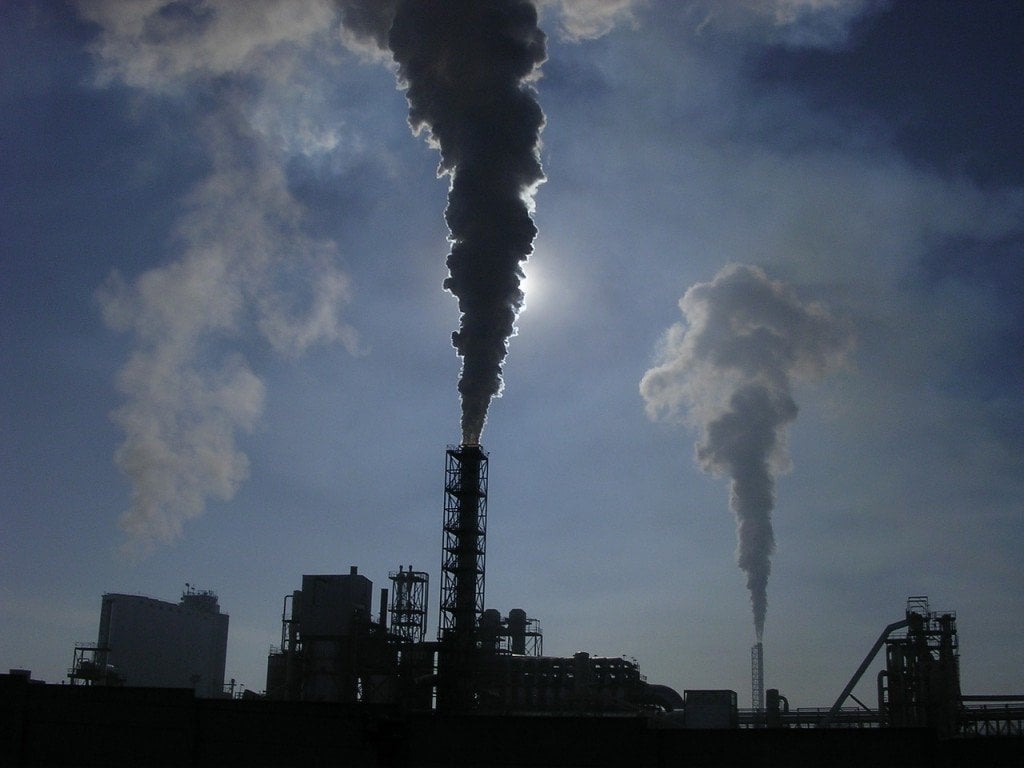
Since its atmosphere primarily consists of carbon dioxide, and the atmospheric pressure is high, the heat from the sun has a difficult time escaping Venus’ surface. Sunlight passes through the thick cover of carbon dioxide clouds and warms the rocks on the surface of Venus.
However, the bulky, carbon dioxide-rich atmosphere prevents the infrared heat emanated from these rocks to escape the planet, thereby increasing the temperature of Venus and making it the hottest planet in our solar system.
In contrast, Mercury, the planet closest to the sun, is not the hottest because it does not have an atmosphere to trap the sun’s heat; it ‘burned off’ a long time ago. Thus, while it’s true that Mercury bears most of the brunt of the sun’s scorching heat, thanks to the absence of an atmosphere, the heat it collects escapes back into space, making it only the second hottest planet in the solar system.

In addition to being the hottest, Venus also happens to be the brightest planet of the solar system when seen from Earth. Its exceptional brightness is also attributed to its heavy, reflective clouds of gases and sulphuric acid, which allow light rays to easily bounce off them. You can read more about the brightness of Venus in detail in this article.
References (click to expand)
- The University of Maine - Emera Astronomy Center - Upcoming Events Fun Facts About Mercury! - astro.umaine.edu
- Venus | Exploring the Planets | National Air and Space Museum. The National Air and Space Museum of the Smithsonian Institution
- NASA's Space Place: The Hottest Planet in the Solar System | PAESTA - www.paesta.psu.edu


